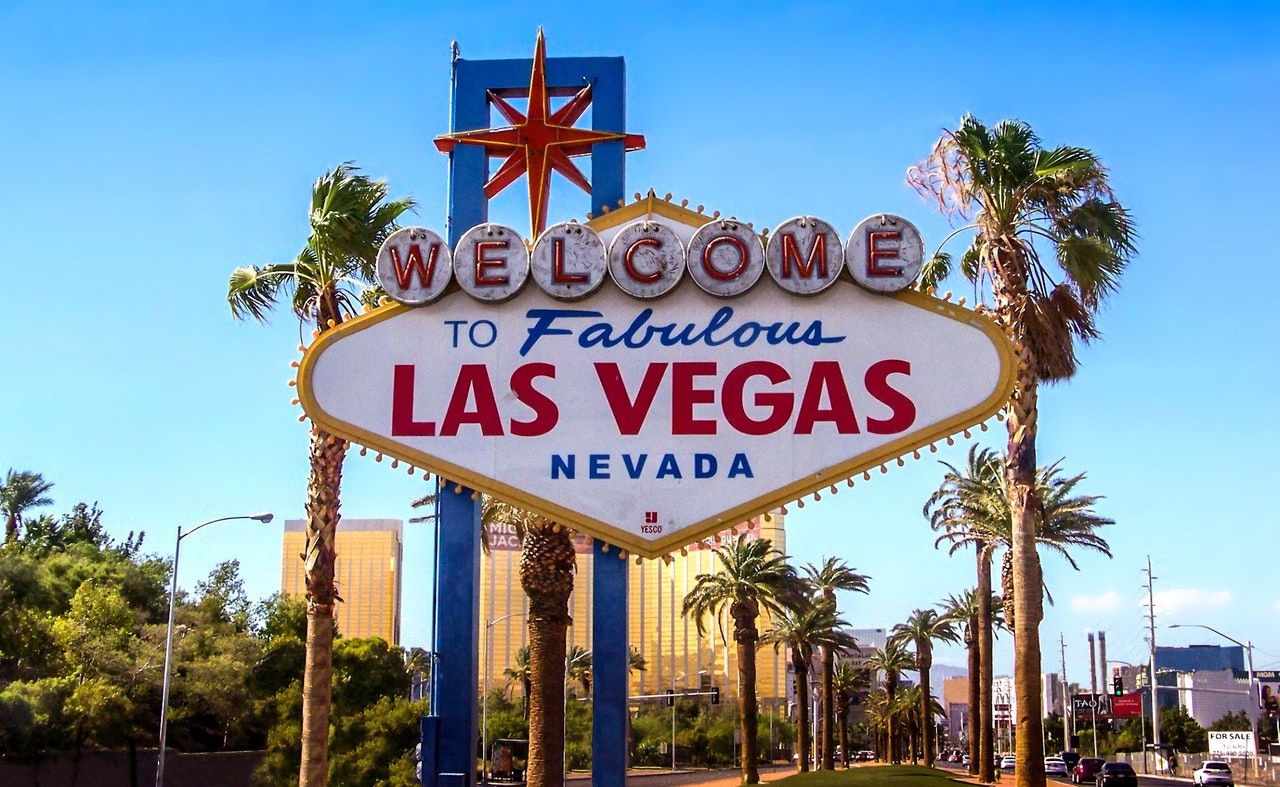
A new study published in the Journal of the Acoustical Society of America used urban acoustics to monitor changes in human activity during the COVID-19 shutdown in Las Vegas. The paper’s lead author is Elijah Bird, a junior mathematics and geological sciences double major. His UNC co-authors include Ph.D. alumnus Daniel Bowman and geological sciences professor Jonathan Lees. The team deployed 11 infrasound stations throughout the Las Vegas metro area to examine human patterns of life through an infrasound lens. Las Vegas had its first reported case of the virus on March 5, 2020, and a state of emergency was declared on March 12. A series of business closures soon followed.
Shutdowns across the globe have highlighted ways in which less activity affected things like CO₂ emissions. We chatted with Bird about the implications of the research on the environment in a different way — how ambient sound in this large city was impacted by a decrease in human activity.

Q: Can you briefly describe the study? What question was your research hoping to answer, and what did you find?
A: We intended to determine the effects of the COVID-19 pandemic on the acoustics of Las Vegas. We found a significant quieting of the city following orders for the closure of nonessential businesses. This effect varied both spatially and with the time of day. Some stations saw the greatest declines in sound in the middle of the day, while others observed peak declines late into the night. This can be explained by the wide range of establishments in Las Vegas. More traditional businesses will peak in activity during daylight hours, while casinos, for instance, will be most active in the evening and night.
Q: What will your study enable us to do in the future that we can’t do now? What are the expected applications of your findings)?
A: Anthropogenic (i.e., generated by humans) and natural acoustics both peak during daylight hours. As such, it can be difficult to distinguish the daily trends of the two. Only anthropogenic signals decline during the pandemic, so the study allows us to separate out the daily trends in human-generated sound, which would not be easily accomplished outside of the pandemic. Further, the study acts as a record of the practical effects of shutdowns on the acoustics of Las Vegas, similar to studies which keep records of the decline in seismic energy or pollutants in a particular locale.
Q: How is this new or notably different than what has been done in the past or is being done by other researchers?
A: Similar research has considered the acoustic response of cities to the pandemic. However, most of that work was in the context of human perception. Researchers used instruments that covered only the range of acoustic frequencies observable by humans. We worked with infrasound (below the range of human hearing) microphones and found that even some infrasonic frequencies were quieter during the pandemic.
Q: What areas of the city saw the largest decrease in sound due to the shutdown?
A: We found that stations close to McCarran International Airport saw especially intense declines in sound. This can be explained by the acoustics generated by the airport itself, as well as the nearby Vegas Strip. Of course, this was not the only spatial factor affecting things. A station significantly further north recorded a much quieter environment during the pandemic, as well, because of its proximity to an Air Force Base.
Q: How is this geology research something that can benefit policymakers?
A: Acoustics are a fundamental piece of our environment. As such, consideration of sound by policymakers is crucial in providing a better quality of life to the public. Noise pollution is an increasingly relevant problem to large cities. Our study adds to a growing body of work, detailing the acoustic environment of Las Vegas.
Q: How does it feel to be a first author on a major journal paper as an undergraduate?
A: It’s very exciting! Obviously, it’s a neat thing to put on a resume, but I’ve also learned a lot about the process of academic research and have gotten to work with plenty of cool people. My mentor at Sandia National Laboratories, Danny Bowman, and my adviser at UNC, Jonathan Lees, have been especially supportive in helping me to grow as a researcher.
